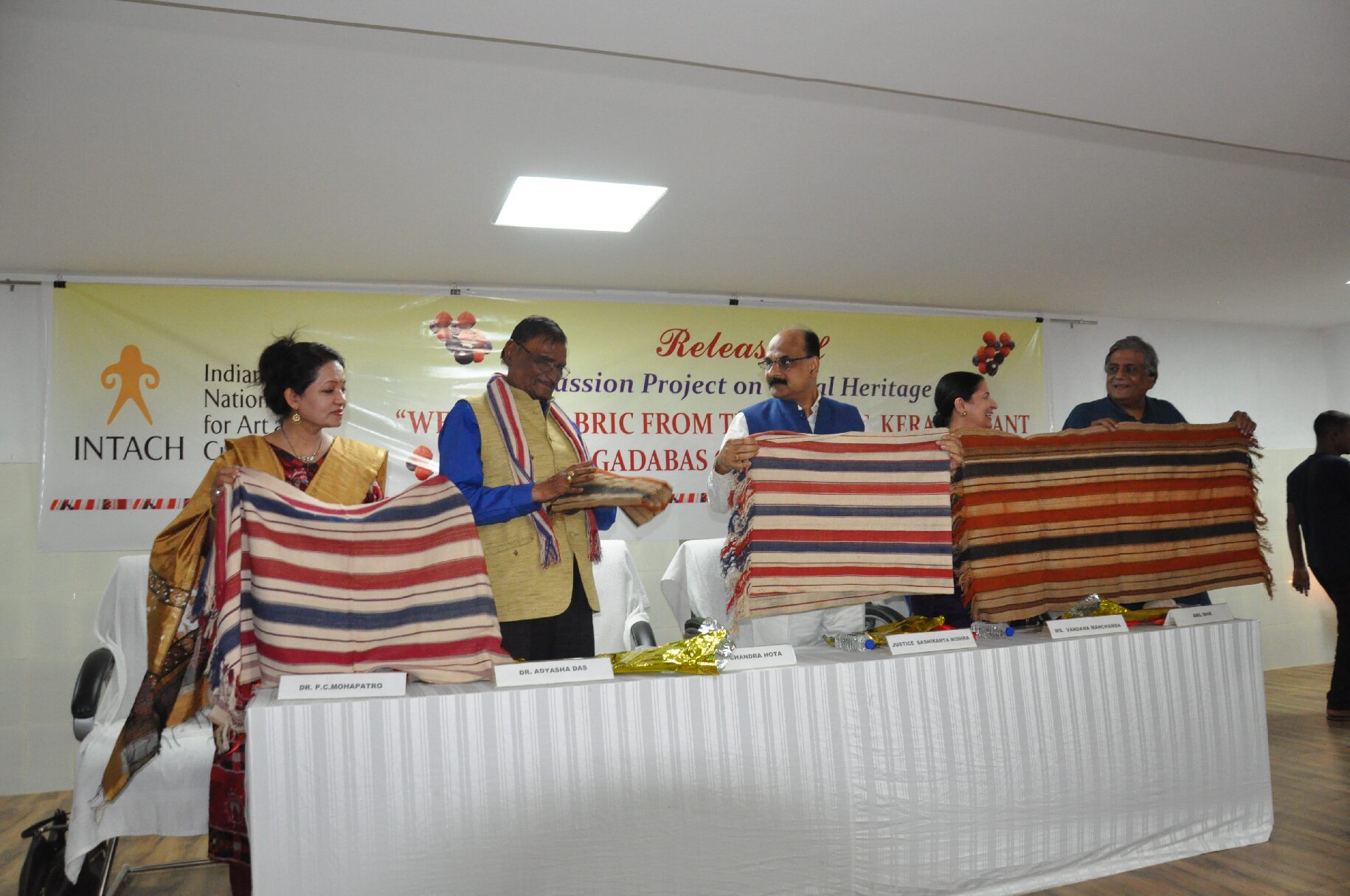India cannot feed the burgeoning population undertaking organic farming alone. It was also said by Nobel Laureate Norman Bourlag, the father of dwarf wheat. Long term fertiliser experiment at Rothamsted , UK does not speak against chemical fertilizers, although organic farming is the call of the day.
When billions of people, mostly in developing countries, suffer from hunger and malnutrition, we prefer to ignore micronutrient malnutrition, sometimes referred to as “hidden hunger”.
The nutrient deficiencies most commonly associated with human health problems on a global scale are iron, zinc and iodine, but selenium and fluorine deficiencies are also widespread. Micro-enriched fertilization is considered one of the most promising ways to fight malnutrition, and to alleviate nutrient deficiencies worldwide. In addition, micronutrient fertilization can extend the lifecycle of food, improve the post-harvest integrity of crops and thus reduce food waste: this is the case for calcium-based and boron-supplemented fertilizers, which help strengthen plant cells and make them more resistant.
Alternately, organic manures can be applied to boost crop production, which can improve physical, chemical and biological properties of soil in addition to supplying plant nutrients to soil. Livestock manure is a valuable nutrient source, yet its nutrient content of manure varies widely between sources and farm management practices. Green manure is very efficient in crops like paddy. Crop residues (such as leaves, stems and roots) release the nutrients they contain when left in the soil. Crop residues vary greatly in nutrient content. Fully decomposed Compost can be added to soils to supply nutrients and serve as soil conditioner. Quality of composts can vary with raw materials and processes used. Biological Nitrogen Fixation (BNF) is the conversion of inert atmospheric nitrogen into forms that can be utilized by plants. It is greatest in symbiotic systems developed in leguminous crops and rhizobia. BNF rates range from 20 to 400 kg N/ha/year depending on plant species, length of the growing season and climatic conditions. Bio- fertilisers like Rhizobium, PSB, Azotobacter and Azospirillum are used to enhance biological fixation and mobilisation of nutrients.
It is important to note that crops respond to plant nutrients from all sources but they can take up nutrients only in their inorganic form. Organic nutrient sources must be converted from an organic to an inorganic mineralized form before being taken up by plants. The amount of nutrients provided by the different sources varies greatly between and within agro-ecosystems. Crop response to fertiliser varies as per type and nutrient availability. It is therefore, suggested that fertiliser application is to be made as per soil testing report and targeted crop yield.
Sustainable crop nutrition identifies and utilizes all available sources of plant nutrients. Therefore addition of organic manure, green manure, bio-fertilisers and soil test based use of chemical fertilisers in a balanced proportion would produce a sustainable crop yield and ensure food and nutrition security.
However, there should be balanced use of NPK basing on the report of soil test only. Right type, right time of application, right quantity and right method of application are keys to best efficiency of fertilisers. Slow release of nutrients can be achieved by coating urea with neem or sulphur.
We need to change our focus to “sustainability”. If we spoil the quality of soil by indiscriminate use of chemical fertilisers, there could be more serious problems for the future generations as food grains have to be produced by all means. Productivity, profitability and sustainability should go together in agriculture. That is why we need to take care of soil, crop and nutrition by adopting integrated nutrient management practice that combines organic, chemical, biofertiliser, green manure, crop rotation, cover cropping to take care of physical, chemical and biological properties of soil.
Some nutrients are literally vanishing from our soil. We need to appreciate such alarming situation. Our population is invariably deficient in some micronutrients due to inadequate availability in soil and manures. But we take notice of such situations only when the deficiencies are more than 30% and sometimes beyond 50%. Because of such indifference towards micronutrient deficiencies, the ailments are increasing primarily due to inadequate immunity in human bodies.
The rampant use of chemicals made the soil hard & unproductive. In many cropped areas the use of Urea is too high. This made the soil unproductive. Previously it was a practice to take up pulses like green gram, black gram and other legumes in rice fallow. Now the cropping area has reduced drastically. So at present organic farming is the call of the time. We have already consumed enough poison in the name of green revolution. Now we have to invent means to increase the productivity matching our needs with suitable organic manures.
We know that the country cannot feed the burgeoning population with organic farming alone, which was also said by Nobel Laureate Late Norman Bourlag, the father of dwarf wheat. Long term fertiliser experiment at Rothamsted , UK does not speak against chemical fertilisers.
It may sound impossible; but we hope that our farm scientists shall develop suitable modules n near future. It is high time to gradually discourage the use of inorganic fertilizers. Integrated Nutrition Management (INM) is the best option to handle the concern. Balanced application of NPK based on soil test report will be a component of INM. We can’t discourage the use of chemical fertilizers all at a sudden. Food Securities has to go hand in hand with Nutrition and Health. Let us not feed poison to people in need of food.







































